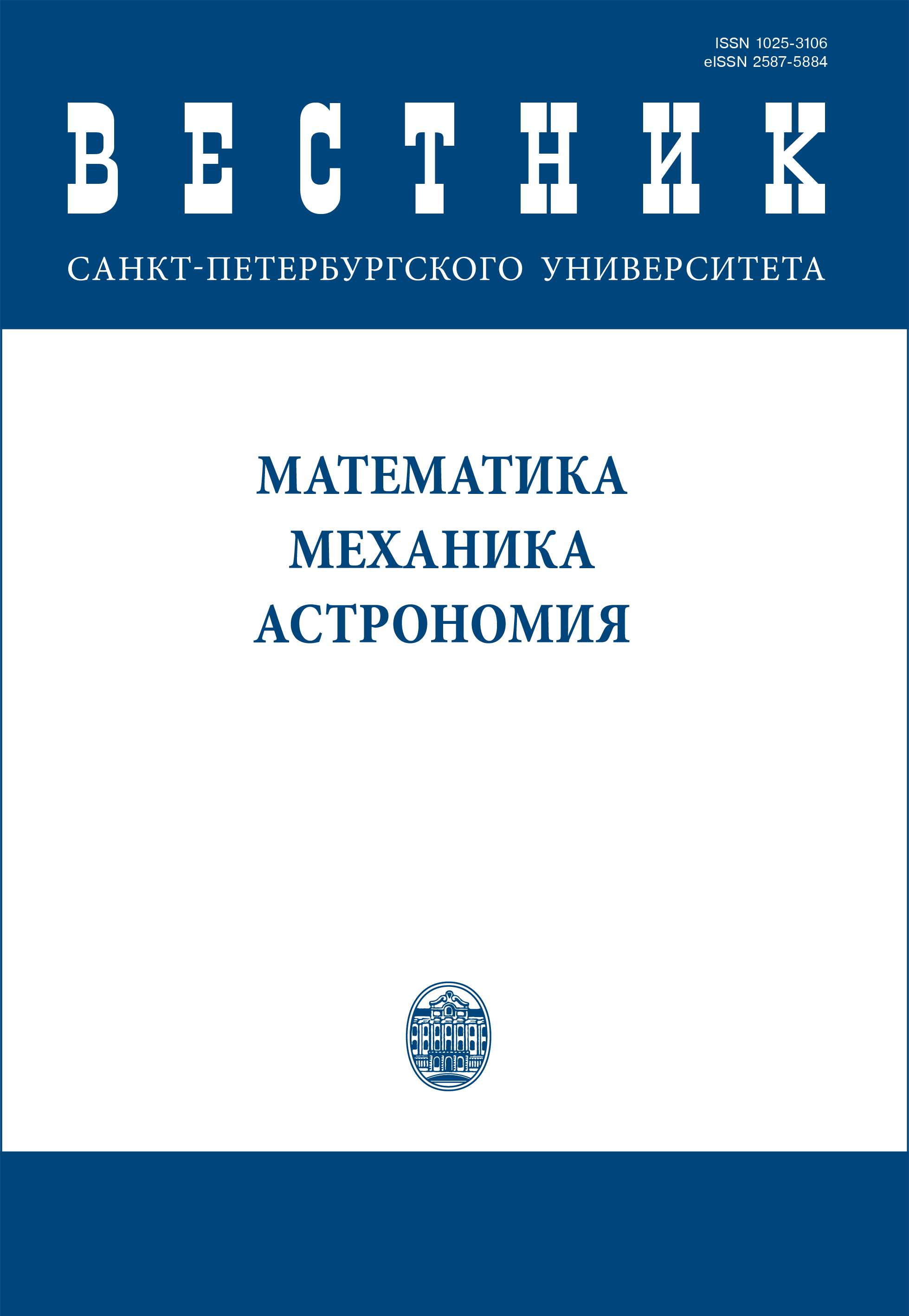Modeling of imperfect contacts in determining the effective diffusion permeability
DOI:
https://doi.org/10.21638/spbu01.2023.405Abstract
The work develops a universal approach to acounting for imperfect contacts in determining the effective properties of various nature, namely, effective diffusivity, thermal and electrical conductivity. Imperfect contacts take place when fields at the microlevel are not continuous. The possibility of creating a unified approach is due to the similarity of the governing equations. At the same time, the appearance of imperfect contacts can be caused by microstructural features and by the specifics of the process itself. For concreteness, the effective diffusion permeability is determined, since various reasons for the appearance of imperfect contacts can be considered. The reasons can be associated both with the formation of structural defects and with the presence of the specific segregation effect. The paper generalizes and compares two approaches to accounting for imperfect contacts. In the first case, a field jump is set. In the second case, an inhomogeneity with a thin coating possessing extreme properties is introduced. A comprehensive analysis is carried out on the example of a material with spherical inhomogeneities. Analytical expressions for contribution tensor of the equivalent inhomogeneity are obtained, which results in simplification of generalization of various homogenization methods.
Keywords:
effective properties, inhomogeneity, imperfect contacts, segregation, diffusivity
Downloads
References
Литература
References
Downloads
Published
How to Cite
Issue
Section
License
Articles of "Vestnik of Saint Petersburg University. Mathematics. Mechanics. Astronomy" are open access distributed under the terms of the License Agreement with Saint Petersburg State University, which permits to the authors unrestricted distribution and self-archiving free of charge.




